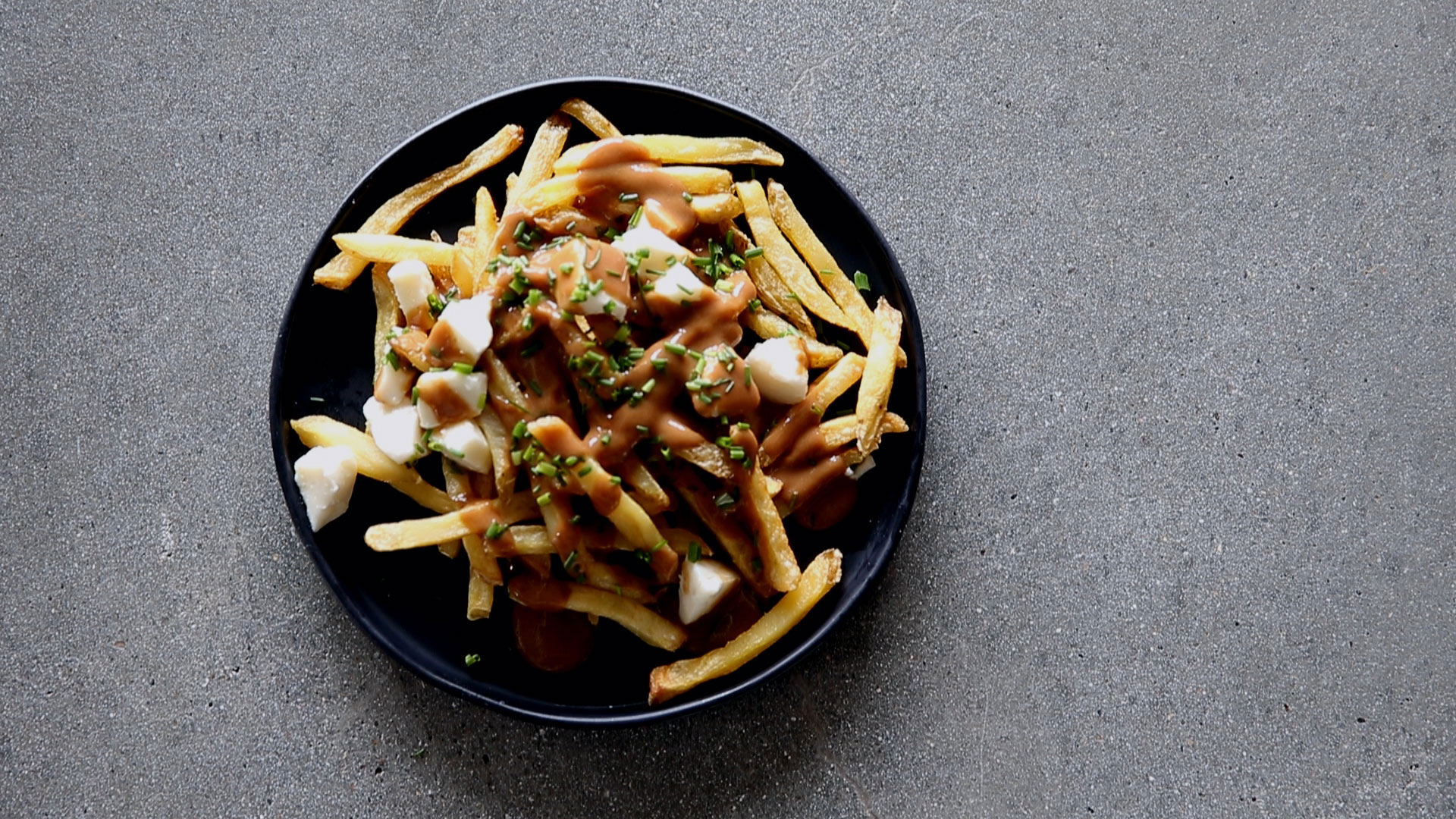There’s a reason why people say the best things in life age like fine wine. We know, waiting to uncork that buttery Chardonnay or juicy Zinfandel might require unparalleled patience. But if you give most varietals a few years to grow up, they’ll come into their own and show you all the best parts of their personalities.
“It allows the wine to evolve beyond its primary fruit flavors and structure,” says Maggie Kruse, Winemaker at Jordan Vineyard & Winery in Healdsburg, California. “A well-crafted wine continues to develop over time and its personality evolves in a way that leads to more expression, increased aromatic complexity, and softer textures.”
However, unless you’re a certified sommelier, aging wine can kind of feel like a major guessing game. Well, until now that is. While industry insiders agree wine has no strict expiration date, they’re sharing their pointers for aging vino like a pro.
AsiaVision/Getty Images
Prioritize Tannins and Acidity
“As wine consumers, we often see wine through a ‘drink now’ lens,” explains Sam Bogue, beverage director of Flour + Water Hospitality in San Francisco. “While many wines are made for this ‘pop and pour’ market, a wide range will benefit from time in bottle.” Plenty of varietals have aging potential, but wines with tannins and higher acidity will taste even better over time.
Tannin, which is most prominent in red wine, is a naturally occurring compound called a polyphenol that creates a drying or puckering sensation in the mouth. In general, aging brings more harmony and some softer edges to red wines. “Over the first couple of years in bottle, flavors become more integrated or interwoven rather than standing apart distinctly,” explains Tim Bell, director of winemaking at Dry Creek Vineyard in Healdsburg. “Tannins can soften, making a wine rounder or velvety.”
Don’t discount acid, either. “Much like lemon juice keeps an avocado from browning, acidity helps protect wine over time,” Bogue explains. Not sure how to suss out a bottle with high tannins or high acid? Bogue recommends varietals like Nebbiolo from Barolo, red Bordeaux blends, or white Burgundy. For something more local, Bell is partial to aging Zinfandels and Cabernets.

Instants/Getty Images
Go for the Long-Haul with Reds
So, how long should you age your wine? “There’s no one-size-fits-all answer,” Bogue admits. “Grape variety, terroir, and winemaking style all influence aging potential.” That said, he says, red wines tend to age the longest because of their tannins, which act as a natural antioxidant. While most reds will age nicely over five to seven years, you might see others holding up decades later. Meanwhile, whites tend to improve over two to four years. “Rosé, contrary to popular belief, can also evolve nicely in some cases for a few years,” he adds.
Since the aging time frame spans over years, there’s plenty of room for error. Whether you’re buying bottles from a delicious tasting or perusing your local shop, you can always ask a professional for their advice. However, if you want to understand the aging process first hand—and have the budget and storage space—Kruse recommends buying a few bottles of your favorite varietal.
“Open the first bottle right away, take detailed notes, and reflect on what you enjoy—or don’t enjoy,” she explains. “Then, open a new bottle every few years, continuing to observe how the wine evolves over time. This hands-on experience is one of the most rewarding ways to discover your ideal wine maturity.”

slpu9945/Getty Images
Don’t Skimp on Proper Storage
Speaking of storage? In order for your wines to age well, they must be placed in a cool, dark place. Bell says a temperature-controlled environment that holds the wine at a steady 58 to 62 degrees Fahrenheit is ideal, but there are plenty of suitable spaces in your home. “A cool cellar under your house or a cool basement can work well,” he explains. “A closet in the coolest part of your house or apartment can also work, especially if you keep the wine in a box to prevent light exposure.”
Kruse also recommends placing your bottles somewhere with consistent humidity. “This helps keep the corks from drying and shrinking, which in turn protects the wine from oxidation by maintaining a tight seal,” she says.
Another tip: Never, ever store your wine bottles upright. “[They] should always be stored on their sides, so the wine stays in contact with the cork,” Kruse adds. “This helps create a liquid seal, preventing the cork from drying out.”

Maria Korneeva/Getty Images
Watch out for Red Flags
Drinking your wine too soon means your bottle won’t live up to its fullest potential. At the same time, over-aging your varietal means you’ll be sipping on spoiled wine. While you won’t fully know whether your vino is too young, too old, or just right until you taste it, there are a few cues that might clue you in on its maturity.
For starters, keep a close eye on the closure—and look for wine seeping from the end of the cork. “It indicates an improper seal,” says Bell. “It might be best to open that wine sooner rather than later, as the cork may be letting in more air than is ideal.” Seepage can also mean the cork is dried out, which will compromise the wine. Though rare, Bell says a cork that appears to be “pushed out of the bottle” might be a sign that your wine is stored in a climate that’s too warm.
Meanwhile, Bogue recommends checking the contents of your bottle. “If you see a significant gap between the wine level and the cork—known as ‘ullage’—it could indicate poor storage and potential oxidation,” he says.
Color is another great indicator that your wine is ready to drink. “If you are aging white wines in clear glass bottles, you can see if the color is getting darker and more golden, which is a sign the wine is mature,” Bell notes. “With reds, it’s harder to see color changes unless you pour yourself a glass. You will see the color getting redder, even turning a ‘brick red’ color, and becoming lighter or less saturated.”
Read the 2024 Wine Issue Right Here!
Get one year of Sunset—and all kinds of bonuses—for just $29.95. Subscribe now!



